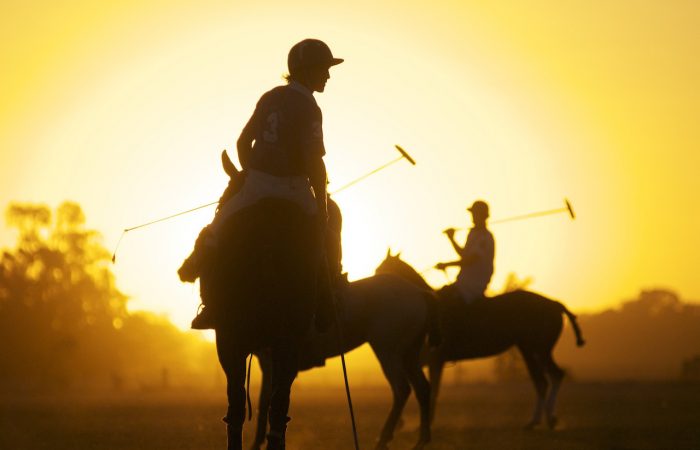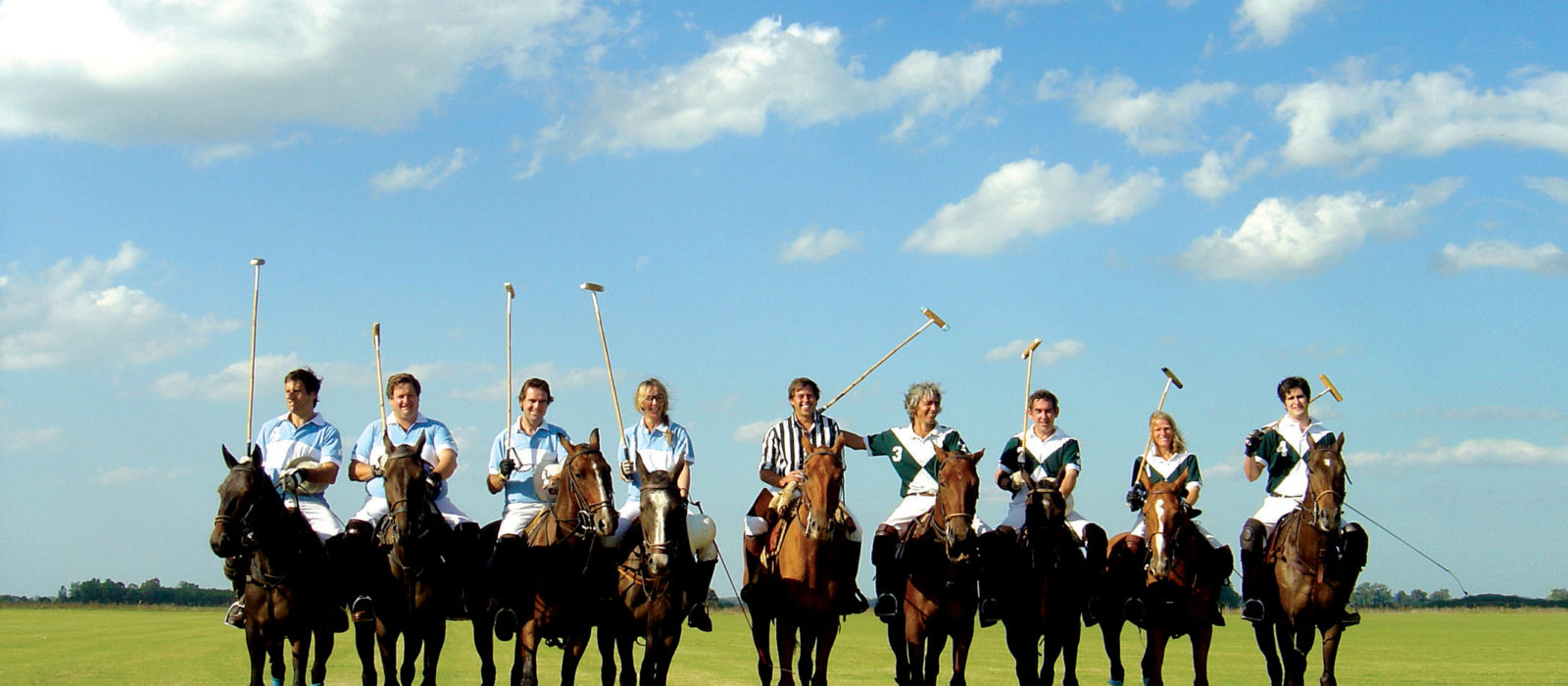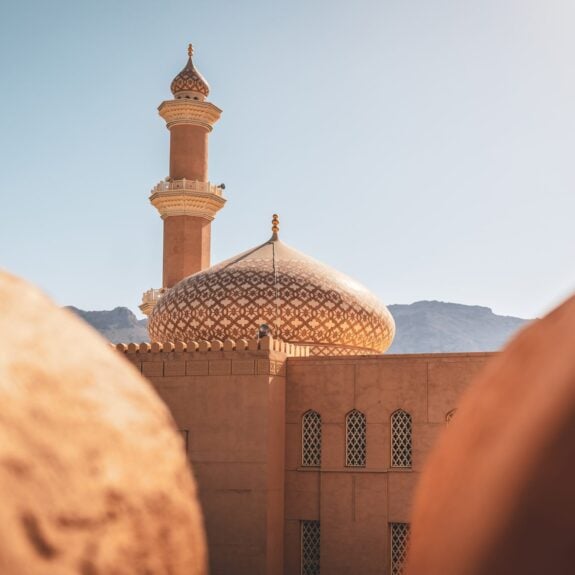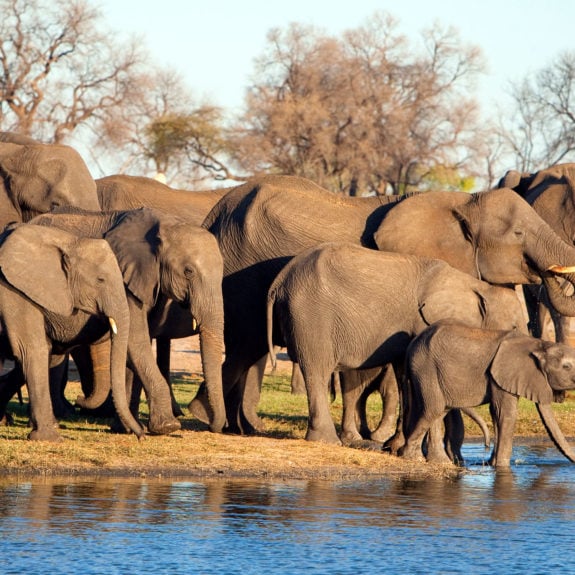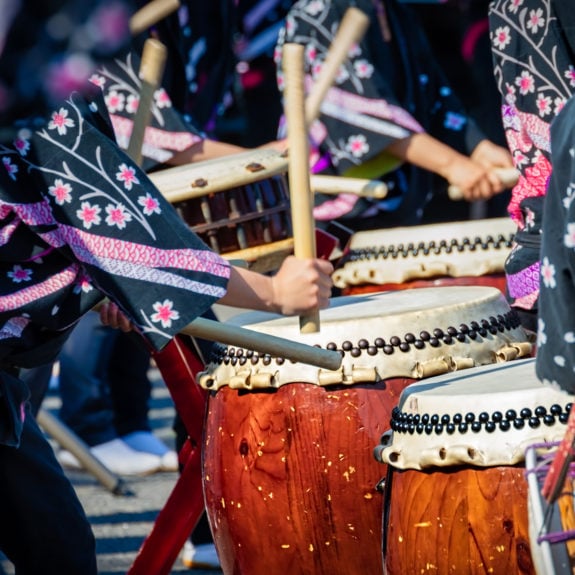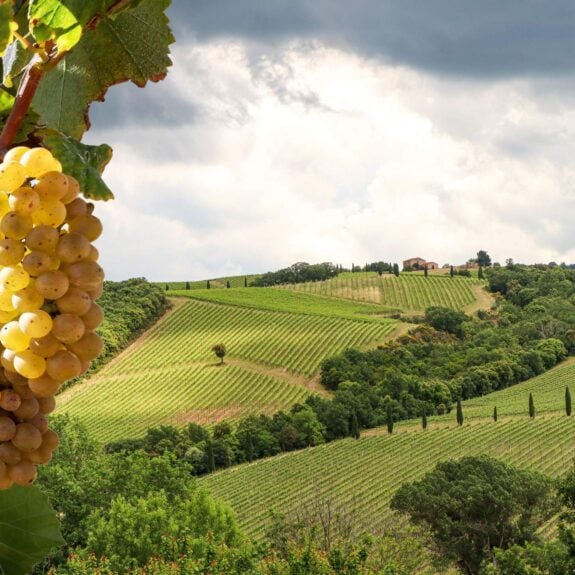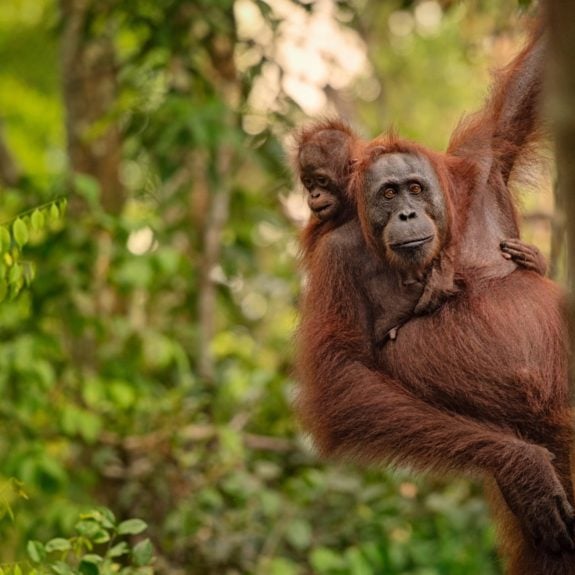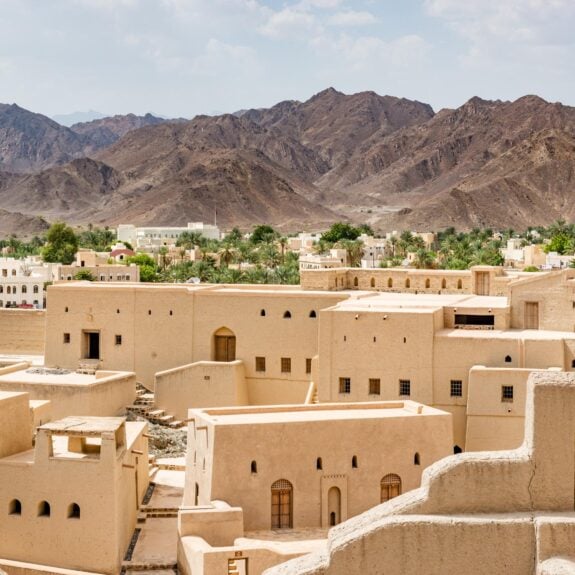Published on: July 24th, 2014
Last modified: March 15th, 2023
From Argentina’s Pampas, expert polo players and estancia owners Silke Ölscher and Marcos Antin Güiraldes give us the lowdown on why polo is a national obsession and how to experience it yourself.
Horses are an essential part of Argentine culture, so it comes as no surprise that polo is a great passion of the nation. Experience gaucho life on the vast plains that surround Buenos Aires, home to traditional Argentine estancias offering seclusion, sweeping views and the country’s celebrated asado and wine. We speak to Silke Ölscher and Marcos Guiraldes, expert polo players and owners of Estancia la Sofia, to find out how to experience the Argentine polo scene by taking part or simply sitting back to watch the pros.
“Enjoy the views, some delicious food and absolute peace. Wake up to the birds singing, then watch a polo game or a Gaucho working with the horses. Enjoy a relaxing nap in the shadow of the trees, indulge in a romantic candle-lit dinner and go to sleep accompanied by the silence of the vast Argentine countryside.” – Silke Ölscher
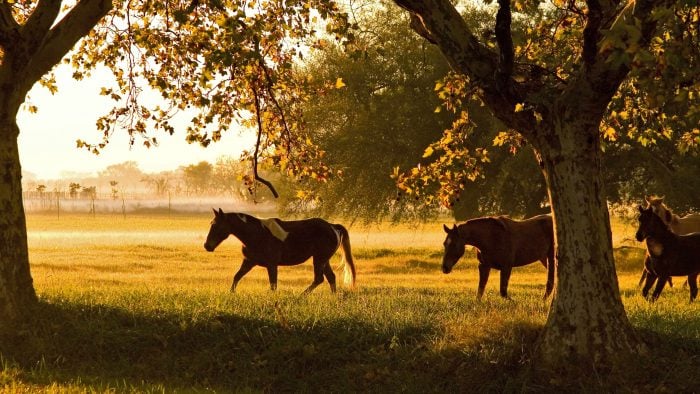
A national obsession
It was as far back as the 19th century that British cattlemen introduced polo to Argentina, and in 1888 established the Hurlingham Club, close to Buenos Aires. After Argentina’s polo team won their first Olympic gold medal in 1924, Argentinians have continued to dominate the sport, and are now the highest ranked in the world.
Perhaps due to this, the world’s three most important polo tournaments are held in Argentina, including the most prestigious of them all, the Argentine Open, which as many as 30,000 polo fans attend each December.
“It’s the adrenalin,” Marcos says, explaining his passion for the sport, “I love all sport but polo is the cherry on the cake, with its combination of the horses, the ball, teamwork and the speed. A match is very intense.”
Understanding polo
Each of the two teams have four players, who play four to eight seven-minute games, known as chukkers. For each chukker all of the players need a new horse, with the exception of beginners polo, where the speed of the game is lower, so players can use the same horse twice.
In professional polo, players can use two or three horses per chukker, so for a full match, thirty to a hundred horses are needed, making each match a spectacular sight. Players need to score as many goals as possible. The rules in polo are for safety, to prevent accidents among the eight riders and horses.
This is also why there can be three referees, two on the field, and one outside. After each goal, the teams change sides to aim the botcha (ball) at the other goal. Players are ranked by a handicap, from the lowest ranking of minus two for absolute beginners to the highest ranking of 10 for professionals who are at the top of the game.
Very few players across the world have a handicap of 10, but most of those that do hail from Argentina. Polo season takes place from March to May, and from September to December.
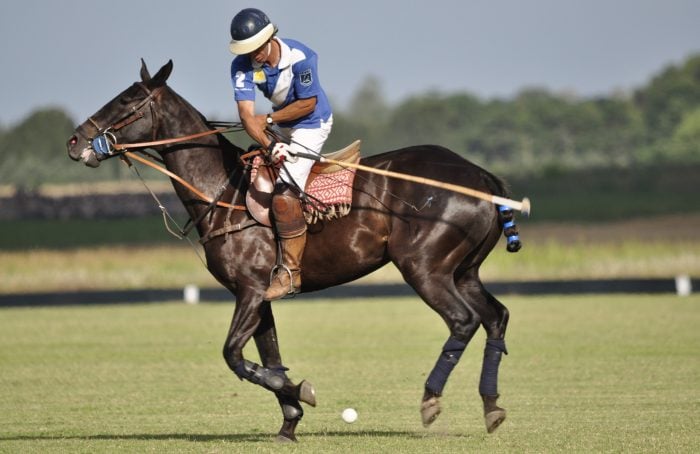
Be a spectator
Argentine polo is said to be unparalleled, so attending their biggest tournament, the Triple Corona, is an unmissable experience for those wanting to experience the thrill of the game. “I like the quality of the game here, with the talented players and horses. In many countries, a polo tournament is more of a social event than a sport, but in Argentina it’s definitely a sports event,” Silke explains, “The spectators know what’s going on and react as they would at a football match. The best Polo in the world is played in Argentina.”
“The best polo in the world is played in Argentina.”
The Triple Corona encompasses the three most important tournaments in Argentina, the Campeonato Argentino Abierto de Polo from mid November to early December, the Campeonato Abierto de Hurlingham in September and early October, and the Campeonato Abierto de Tortugas Country Club in October and November.
During polo season, matches can also be watched on-site at estancias, such as Estancia la Sofia, or tickets to tournaments can be arranged while staying at hotels like Hub Porteno in Buenos Aires.
Star Players: “Adolfo Cambiasso is by far the most talented player ever, and Marcos Heguy with his dribbling changed the way polo is played. Also look out for Facundo and Gonzalo Pierres, Miguel Novillo Estrada, Juan Martin Nero and Pablo Mac Donough, who all play handicap 10. Currently there are only seven players worldwide who play handicap 10. Then there are the polo families who “wrote history in Polo” like the Heguy brothers or the Novillo Estrada brothers.” Silke Ölscher
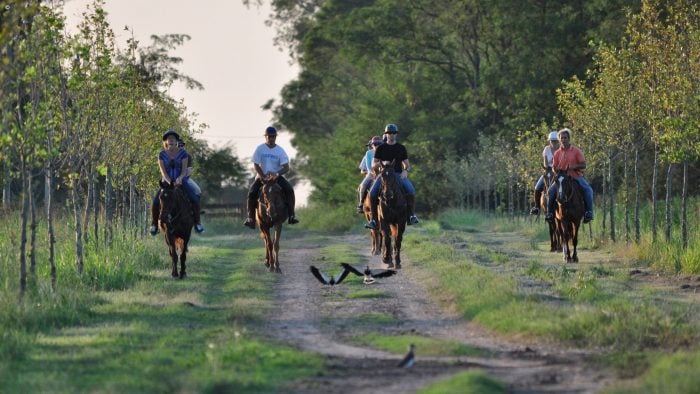
Taking part
Estancia La Sofia
Here Marcos teaches polo to riders of any level, including children, with tailor-made polo programmes for beginners and advanced players. A wooden horse is used as an introduction to beginners classes, or with experienced players to practice the different strikes.
“Polo is very addictive, and once you’re hooked, it’s impossible to stop playing.”
“Even those who do not practice sports or ride can suddenly find out that polo is their sport,” says Silke, “I myself learned Polo and riding at the same time. I think it’s the perfect way to learn riding as you’re concentrating so much on hitting the ball that you forget about being nervous on the horse, making your movements more natural.”
“Polo is very addictive, and once you’re hooked, it’s impossible to stop playing,” she continues, “It’s just such a good feeling to properly hit the ball. You can quickly get to amateur level and join a polo club to joyfully participate in matches – in fact, a large number of our guests do end up joining a polo club at home.”
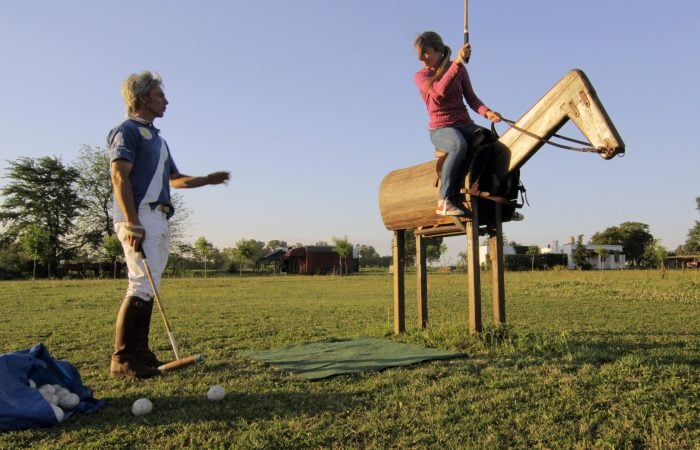
Hub Porteno
While staying at this luxury boutique hotel in Buenos Aires, guests can take part in the three-day Polo Experience, encompassing polo lessons and the chance to see the high-ranking players in action.
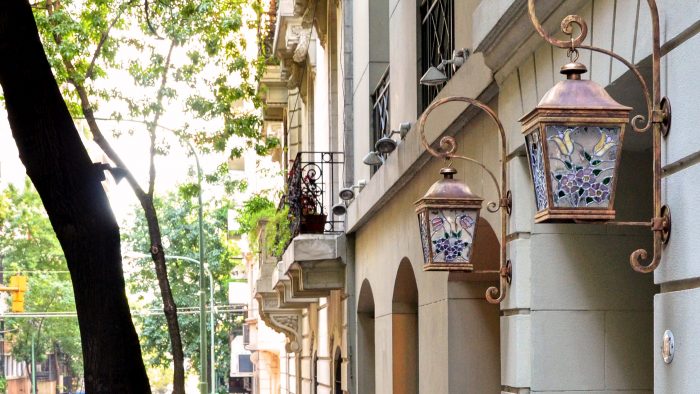
About Marcos and Silke
Marcos and Silke, are both avid polo players as well as being polo horse breeders and the owners of Estancia la Sofia. Marcos is from a family of polo players in which gaucho tradition and horsemanship are of great importance, so he grew up riding horses and began playing polo in his early twenties while living in Buenos Aires. After his first summer of playing Polo, Marcos was given the opportunity to go to Ireland as a professional player, which was the beginning of his career in professional European polo.
Silke, who is originally from Germany, became passionate about the sport when she moved to Argentina after graduating. On later moving to Barcelona, Silke continued to play in the polo clubs, where she met Marcos who was touring Europe.
Seven years later, along with their children, they moved back to Argentina, where they began estancia La Sofia. Now the estancia has 280 horses, registered by the Argentine Association of Polo breeders. Both continue to play in tournaments and Silke was on the team that won the first official women’s polo tournament.
